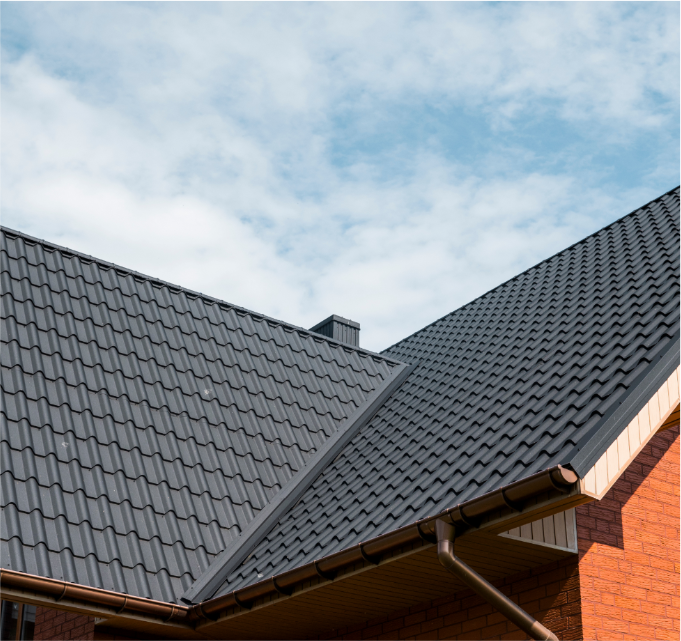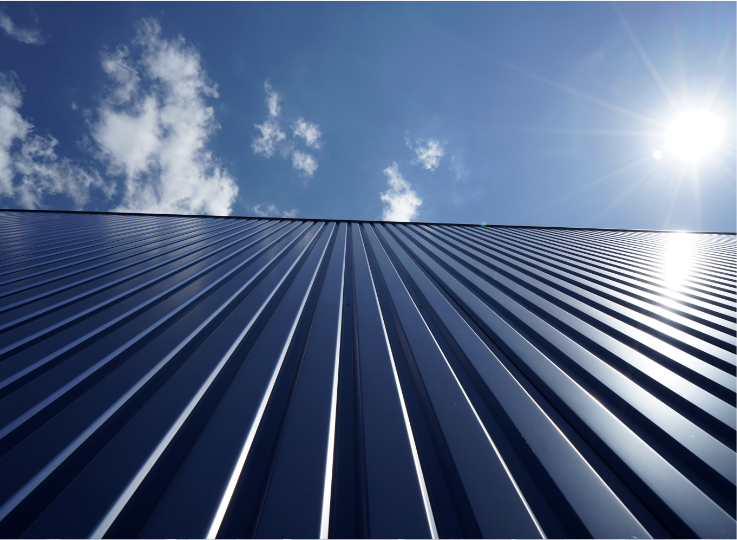Residential Roof Pitch
Residential Roof Pitch: Understanding Angles for a Stronger Roof
When planning roof repairs, replacements, or new installations, understanding your home’s residential roof pitch is essential. The roof pitch, or angle, determines not only the appearance of your home but also its functionality and durability against weather conditions. At Tuff Roof, located at 949 E Fillmore St, Colorado Springs, CO 80907, we believe that an informed homeowner is empowered to make better decisions for their property. Whether you have a flat, low-slope, or steep-slope roof, knowing the pitch ensures you select the right materials and maintenance strategies for your needs.
What Is Residential Roof Pitch and Why It Matters
Your roof pitch refers to the vertical rise of the roof over a 12-inch horizontal run, commonly measured as a ratio like 4-in-12 or 8-in-12. For example, a 6-in-12 pitch means the roof rises 6 inches vertically for every 12 inches of horizontal extension. This measurement is crucial because it directly impacts water drainage, snow management, and the types of roofing materials that can be installed. Steeper roofs, such as those with pitches above 4-in-12, are ideal for shedding water and snow, making them popular in areas like Colorado Springs, where weather conditions can be unpredictable. In contrast, flatter roofs are better suited for arid climates and require specialized waterproofing.

Types of Residential Roof Pitches
Residential roof pitches are generally divided into three categories, each with unique features and requirements:
Flat Roofs (Under 2-in-12 Pitch): These are nearly level surfaces that require effective waterproofing to handle standing water. Flat roofs often serve as functional spaces, such as patios or green roofs, and are common in modern architectural designs.
Low-Slope Roofs (2-in-12 to 4-in-12 Pitch): These roofs require special materials to prevent leaks, as their gentler angle doesn’t allow for rapid water runoff. They’re commonly found in traditional ranch-style homes.
Steep-Slope Roofs (Above 4-in-12 Pitch): These roofs provide excellent water drainage and are visually striking. Popular in areas with heavy snowfall, steep-slope roofs are often seen in Tudor or Victorian-style homes.
Each roof type has advantages and challenges, and Tuff Roof’s experts can guide you in selecting the best solutions for your specific pitch and environment.
Why Roof Pitch Knowledge Is Key for Homeowners
Understanding your roof pitch isn’t just about aesthetics; it’s about making smarter decisions for your home’s longevity and functionality. For instance, selecting the correct roofing material based on pitch ensures durability. Asphalt shingles, for example, work well with pitches of 4-in-12 or steeper, while flat roofs may benefit from durable materials like TPO or PVC membranes. Furthermore, knowing your pitch helps when planning additions or remodels, ensuring structural harmony with the rest of your home.
At Tuff Roof, we’re here to help you navigate every aspect of your roofing journey. Whether you’re exploring replacement options or simply want to learn more about your roof, trust our experienced team to provide guidance tailored to your unique needs. Contact us today to schedule an inspection or consultation.
Testimonials
The Commercial Roof Replacement Process: a Step-by-Step Overview
Scrutinous Inspection and Analysis
The first step involves a thorough inspection of the existing roof, which helps identify any issues such as leaks, damaged materials, or structural weaknesses. We will also evaluate the roof's insulation and ventilation needs.
Removal of the Old Roof
Once the inspection is complete, the old roofing materials are carefully removed. This step must be executed with care to avoid damaging the underlying structure. Any debris is cleared away to prepare for the installation of the new roof.
Inspecting and Repairing the Substrate
Before installing new roofing materials, the substrate (the support structure beneath the roofing material) is closely inspected. Any damaged or weakened areas are repaired or replaced to ensure a solid foundation for the new roof. This is crucial for the roof's quality and longevity.
Installation of the New Commercial Roof
With the substrate prepared, the installation of the new roofing materials begins. The choice of materials depends on several factors, including the building's design, climate considerations, and budget. Options range from traditional asphalt shingles and metal panels to modern single-ply membranes and green roofing systems. After the installation is complete, a final inspection is conducted to ensure the roof meets the highest quality standards. The site is then cleaned up, leaving the property in pristine condition.
Investing in a commercial roof replacement will safeguard your property, enhance its appearance, and improve energy efficiency. By understanding the process and working with experienced professionals, you can ensure a successful project that benefits your business for many years to come.

